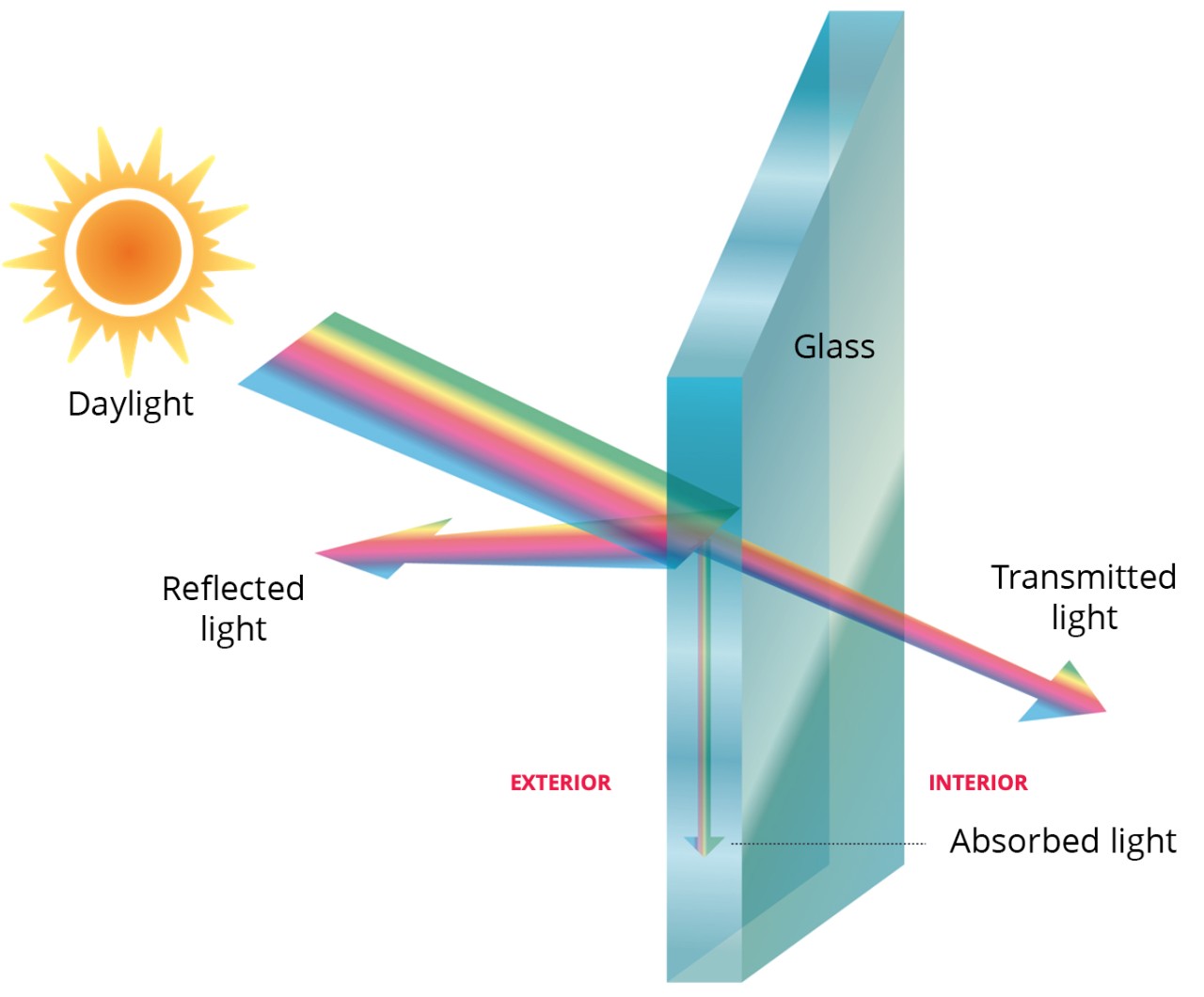Contents

Source: Guardian Glass
<>
Reflectivity in Optics
Definition
Reflectivity in optics refers to the ratio of reflected optical power to the incident optical power at a surface, such as an interface between two optical media. It is commonly used for cases involving specular reflections on flat, unstructured surfaces.
Reflectivity vs. Reflectance
In strict radiometry terms, reflectivity should be reserved for pure surface reflections, while reflectance is more appropriate for reflections on extended objects or rough surfaces. However, in practical applications like laser mirrors or anti-reflection coatings, reflectivity is often used to describe the reflection properties.
Relation to Reflection Coefficients
Reflection at an optical surface can be described using complex reflection coefficients, where the squared modulus represents reflectivity and includes a complex phase based on the optical phase change upon reflection.
Fresnel Equations
Fresnel equations are used to calculate complex reflection coefficients and reflectivities at optical interfaces. These calculations depend on the refractive indexes of the optical materials involved.
Further Exploration
Reflectivity in optics is a fundamental concept that plays a crucial role in various optical devices and systems. Understanding how light interacts with surfaces and interfaces is essential for designing efficient optical components.

Source: reflective.info
Feel free to comment your thoughts.



